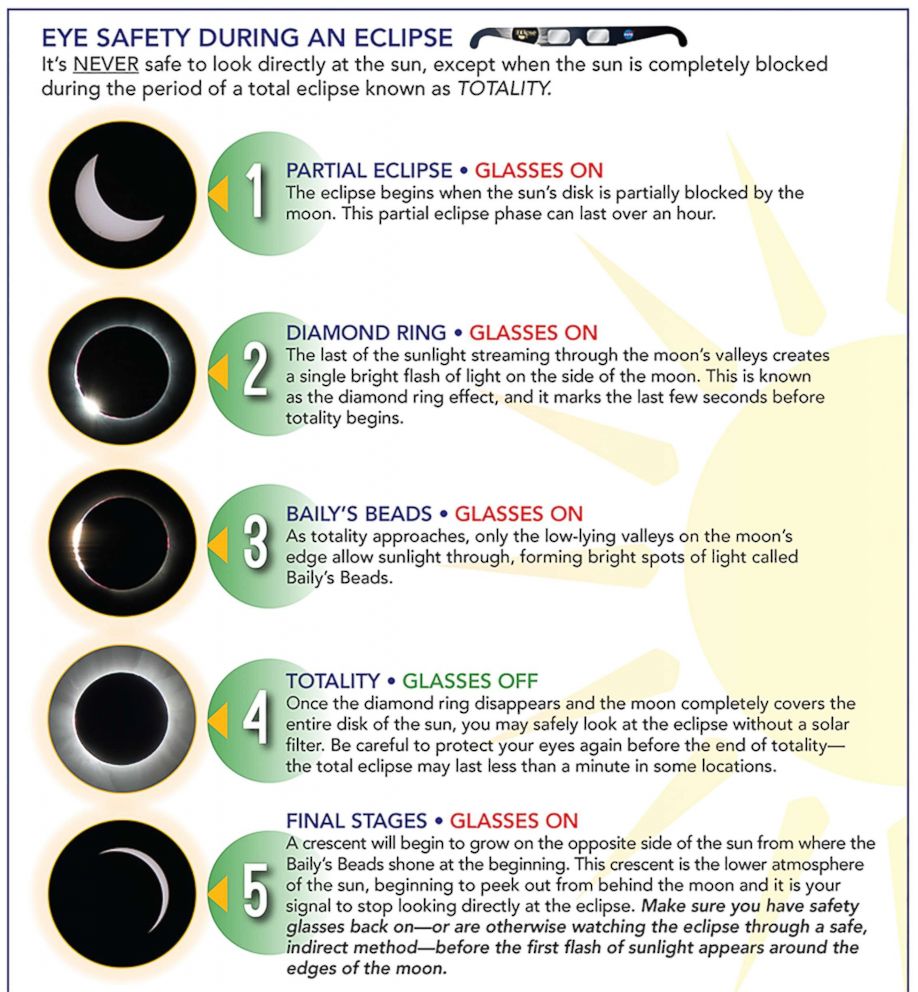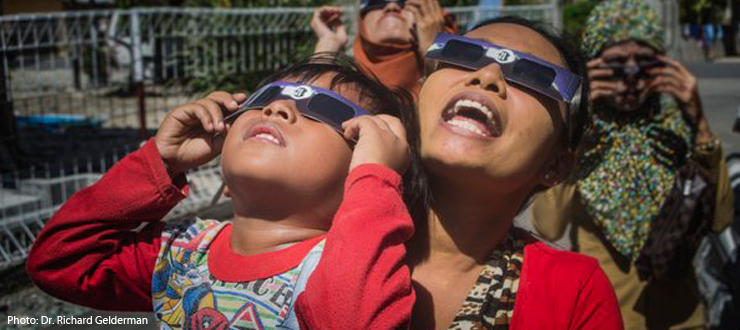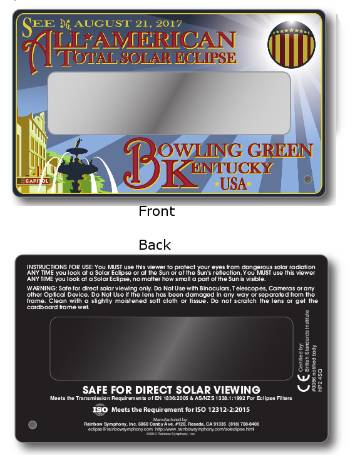Can I Safely Watch This Total Solar Eclipse?
It can be perfectly safe to observe a solar eclipse, though precautions are required.
Our brains are hardwired to normally keep us from looking at the Sun, keeping our eyes safe from the visible, and invisible, light that can cause serious injury. However, during an eclipse, eagerness to observe and eclipse can overwhelm your instincts, and it is possible to stare at the Sun for long enough to be injured for life.
Any time that even the tiniest portion of the Sun is visible around the edge of the Moon, there is a chance to seriously injure your eyes. Only when the Sun is completely covered by the Moon, during the total phase of the eclipse, is it safe to view the Sun without protection.
Looking directly at the Sun for more than a second can cause damage without even being aware of it.
Make sure you have tools to protect your eyes while observing the partial solar eclipse. Sunglasses are not sufficient protection! There is also no way to be assured that other tools, such as welding glass, exposed film, and layers of Mylar, can provide protection for your precious eyesight. Instead, it is recommended that you purchase special protective filter which safely allows one to directly view the Sun. Pinhole projection is another safe way.
Although the USA does not have a testing standard for direct viewing, a number of equivalent certifications have been instituted in the past years. The AS/NZS1338.1:1992, the British CE testing process, the European EN 1836:2005, and the most recent (though not more stringent) international standard, ISO 12312-2:2015. Viewers produced by companies certified to satisfy any single one of these standards can be assured to be compliant with the ISO 12312-2 transmission requirements.
Companies whose products are certified to meet the standards can be found here: How to Tell if Your Eclipse Glasses or Handheld Viewers Are Safe.
Solar Viewers are available locally from the Hardin Planetarium Eclipse Shop hosted by Dezign Tees. Proceeds support the distribution of solar viewers and other educational materials to K-12 students.
https://stores.inksoft.com/hardin_planetarium_eclipse_store
These custom printed solar viewers were manufactured by Rainbow Symphony, with lenses made of exclusive scratch-resistant material with grade 5 optical density to guarantee protection from 99.999% of visible light, 100% of UV light and 100% of IR light.
We created a unique design for our 2.75 x 5 inch solar viewing cards; each has a hole in one corner to attach a lanyard so the viewer is always in reach to protect your vision. Having the viewer around your neck means it won't get mistakenly picked up by someone else, or get crumpled or blown away while not being used to look at the Sun.
NASA Cereal box viewer: How to Make a Pinhole Projector
Our recommendation is to never look at the Sun through a telescope or binoculars except during totality. Telescopes and binoculars concentrate light and make looking at the Sun more dangerous. While it is possible to purchase special solar filters for binoculars or telescopes that allow direct observation of the Sun, only those with training and experience should risk permanently damaging eyesight by using such instruments to view the Sun.

Some of the links on this page may require additional software to view.



